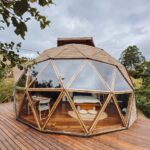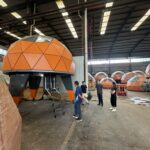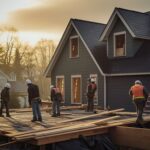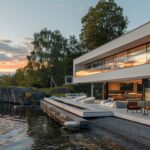If you’re wondering where can you put a prefab home, this article will guide you through the best locations for your investment. Whether you are a hotel chain seeking innovative accommodations, a modern park developer looking for unique structures, or a private investor building large-scale properties, understanding your options is key. Keep reading to learn how to make the best choice for your prefab home project.
The Rising Demand for Prefab Homes: A Smart Investment Opportunity
The prefabricated housing industry is booming, and if you are looking to invest in large-scale dome houses, now is the time. The market is expected to grow from USD 143.55 billion in 2025 to USD 198.24 billion by 2030, at a compound annual growth rate (CAGR) of 6.67%. That’s not just growth; that’s a revolution in how people think about housing. Prefab homes aren’t just about speed and convenience anymore; they’re a powerful investment opportunity in a sector that’s expanding faster than ever.
So where can you put a prefab home to maximize returns? Whether it’s high-end residential communities, eco-friendly resorts, or large-scale development projects, finding the perfect location is key. As prefab homes continue gaining traction worldwide, smart investors are already seizing the moment. Don’t miss out; read on to discover the best places for prefab homes and how you can capitalize on this booming industry.
The Best Locations for Prefab Homes
Where can you put a prefab home? The answer depends on your needs, lifestyle, and investment goals. Whether you’re looking for urban convenience, rural tranquility, or a sustainable off-grid retreat, there are plenty of great locations to consider. Here are the top 10 places to place your prefab home, along with key factors to keep in mind.
1. Urban Lots
Urban lots in cities across the globe, such as Sydney, New York, London, and Tokyo, are ideal for prefab homes. They offer a perfect blend of modern living and city convenience, making them attractive to investors. In these locations, you can make the most of limited space and high-demand areas. However, it’s crucial to understand zoning laws, building regulations, and land-use restrictions specific to each region. In cities like New York and Sydney, building codes may require certain structural standards for prefab homes.
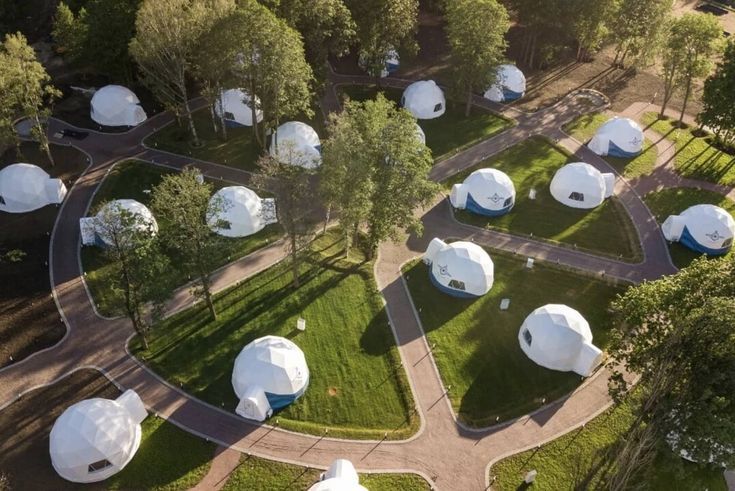
Key Considerations and Benefits
- Zoning Laws: Make sure the lot allows prefab homes under the city’s zoning laws.
- Utility Access: Ensure easy connections to public utilities to avoid additional costs.
- Location Value: Urban lots tend to have higher property values and strong rental demand.
- Design Freedom: Urban lots often have design restrictions to maintain aesthetic uniformity.
- Investment Potential: Increased housing demand makes urban lots a valuable investment for prefab homes.
2. Suburban Neighborhoods
Suburban areas provide the ideal mix of city convenience and open space, making them attractive for large-scale prefab home developments. Cities like Geraldton, Phoenix, and Raleigh are examples of suburban communities embracing prefab living. With less restrictive zoning laws, prefab homes can fit perfectly in residential neighborhoods. Key considerations include adhering to local building codes, home sizes, and utility access.
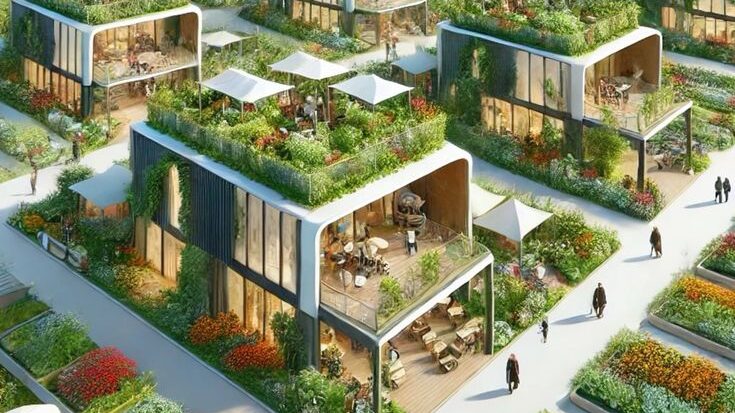
Key Considerations and Benefits:
- Zoning Codes: Local suburban areas often have relaxed zoning restrictions, but it’s vital to comply with the area’s residential codes.
- Utility Access: Suburban areas often have well-established utility infrastructures.
- Increased Privacy: More space between homes allows for increased privacy and quiet living.
- Investment Opportunity: Suburban areas are growing rapidly, offering long-term appreciation potential.
- Community Amenities: Many suburban areas offer excellent local amenities, which add to the appeal of prefab living.
3. Rural Land
Rural land offers the best in privacy and space for those looking to escape city life, and many investors are turning to these areas for large prefab home projects. With fewer zoning restrictions, these lands provide freedom to design large homes. Rural properties often come at a fraction of the cost compared to urban or suburban land, making them perfect for buyers looking for affordable yet expansive space. For example, in rural Oregon, zoning codes allow for larger prefab homes without the strict size regulations of urban areas.
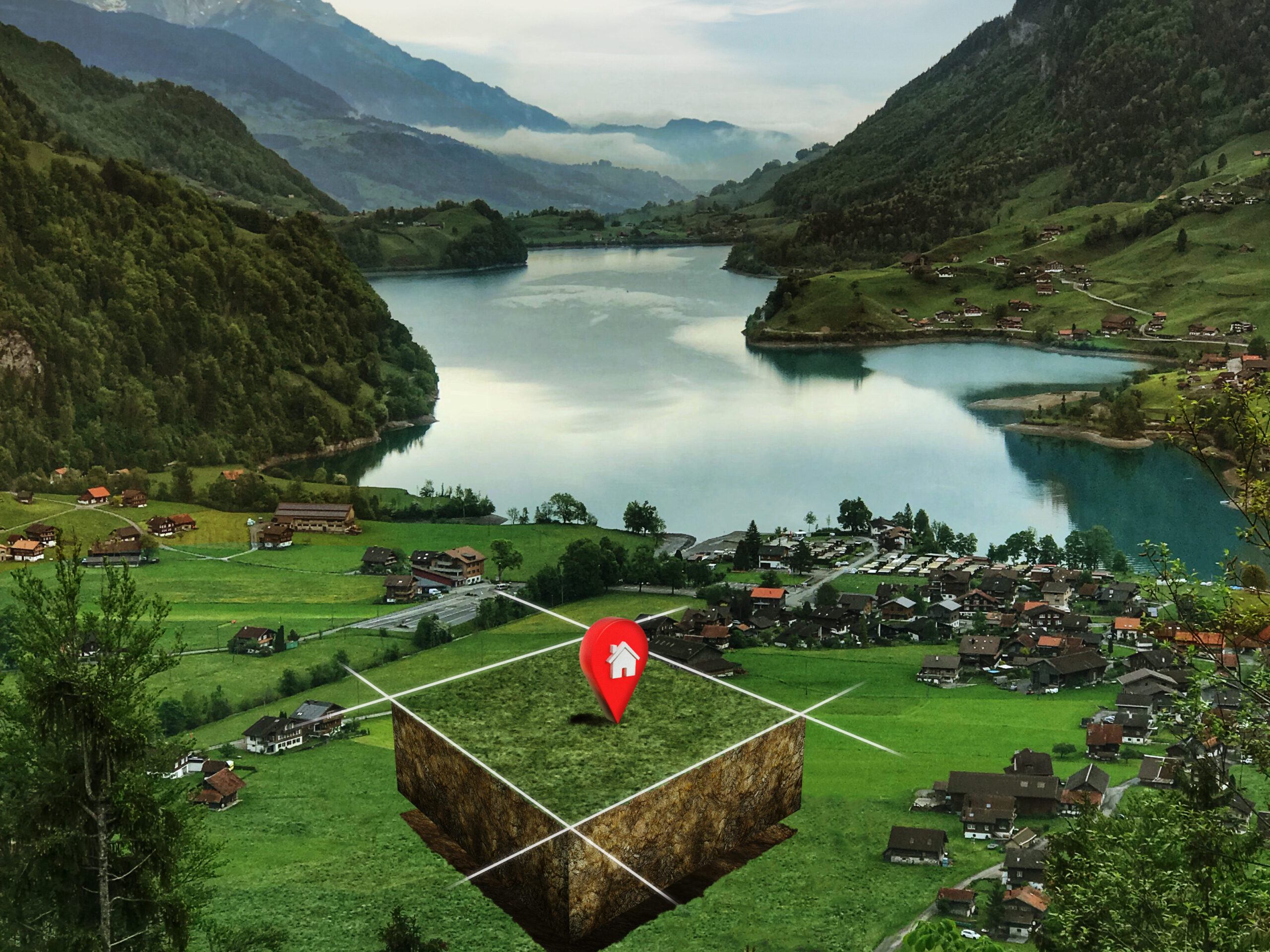
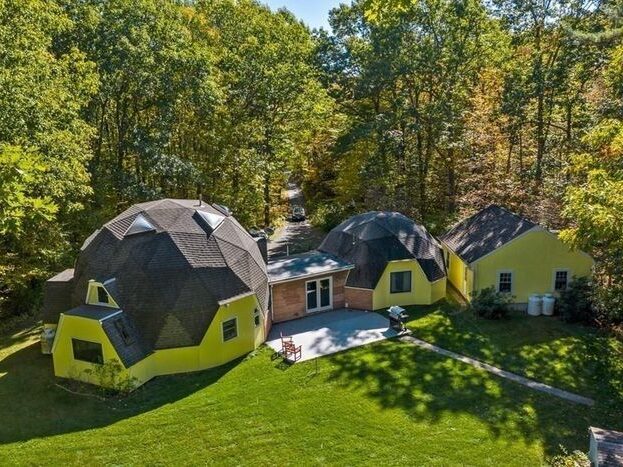
Key Considerations and Benefits:
- Land Costs: Rural land tends to be more affordable, offering a lower entry point for investors.
- Zoning Regulations: Fewer zoning restrictions make it easier to build large homes.
- Design Flexibility: Investors have more freedom to build large prefab homes with custom designs.
- Access to Nature: Rural living offers the tranquility of nature, appealing to those seeking peace and quiet.
- Cost Efficiency: Lower land costs, fewer restrictions, and ample space can result in a better return on investment.
4. Coastal Properties
Coastal properties are perfect for large prefab homes that take advantage of stunning ocean views. These locations, such as the Mediterranean and parts of California and Florida, offer luxury living with the added bonus of scenic beauty. However, coastal living presents challenges like extreme weather conditions, salt corrosion, and flooding risks. For instance, Florida’s building codes require homes to be built with hurricane-resistant materials.
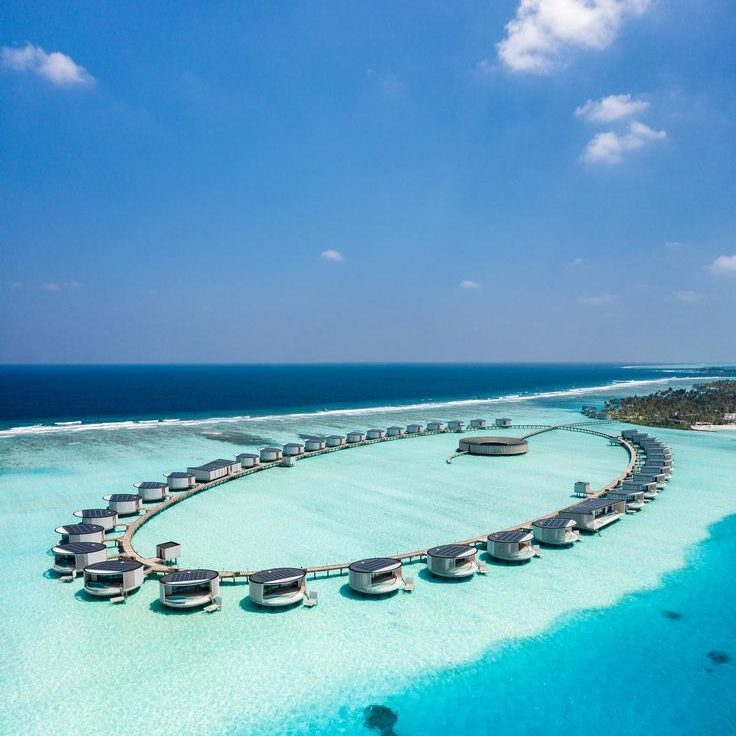
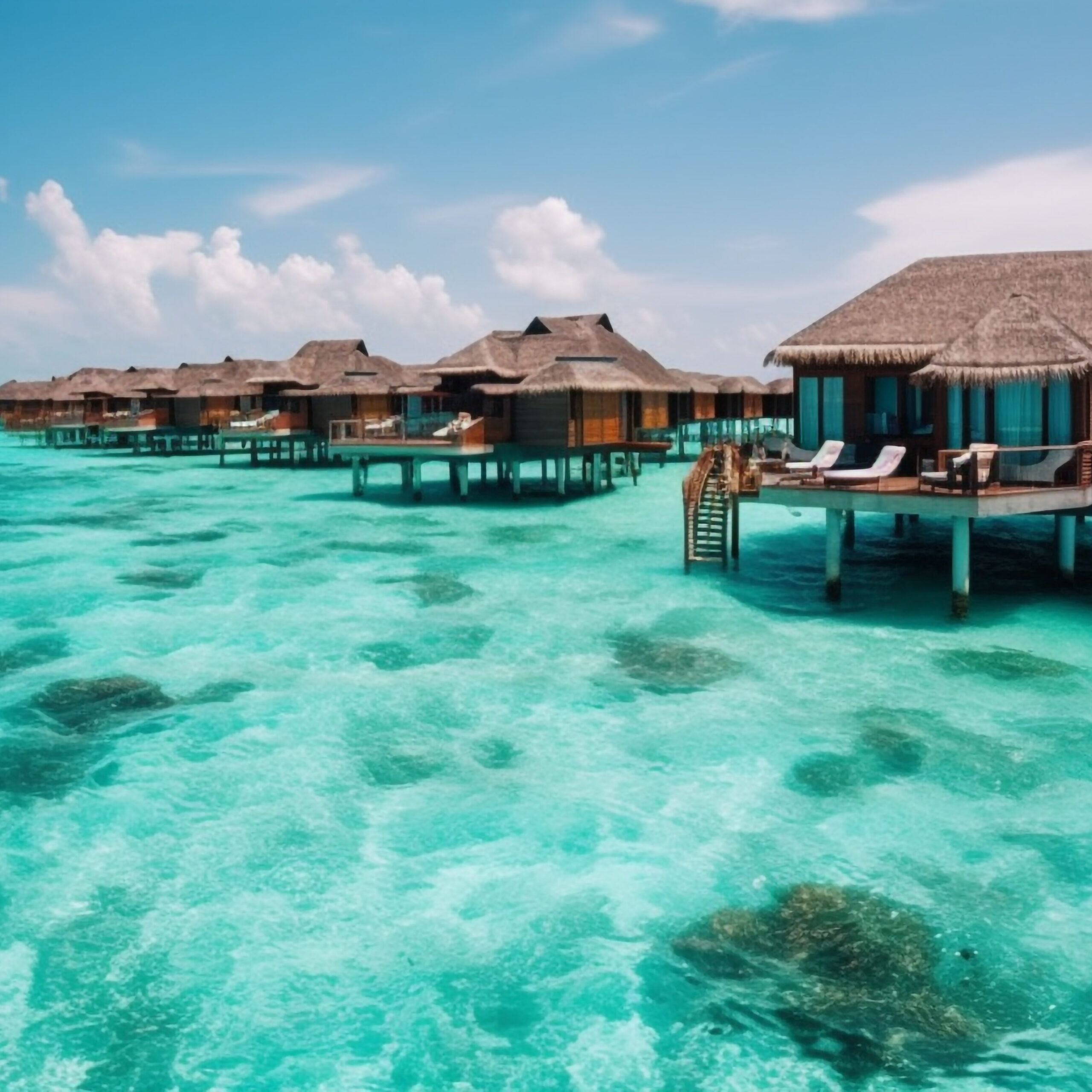
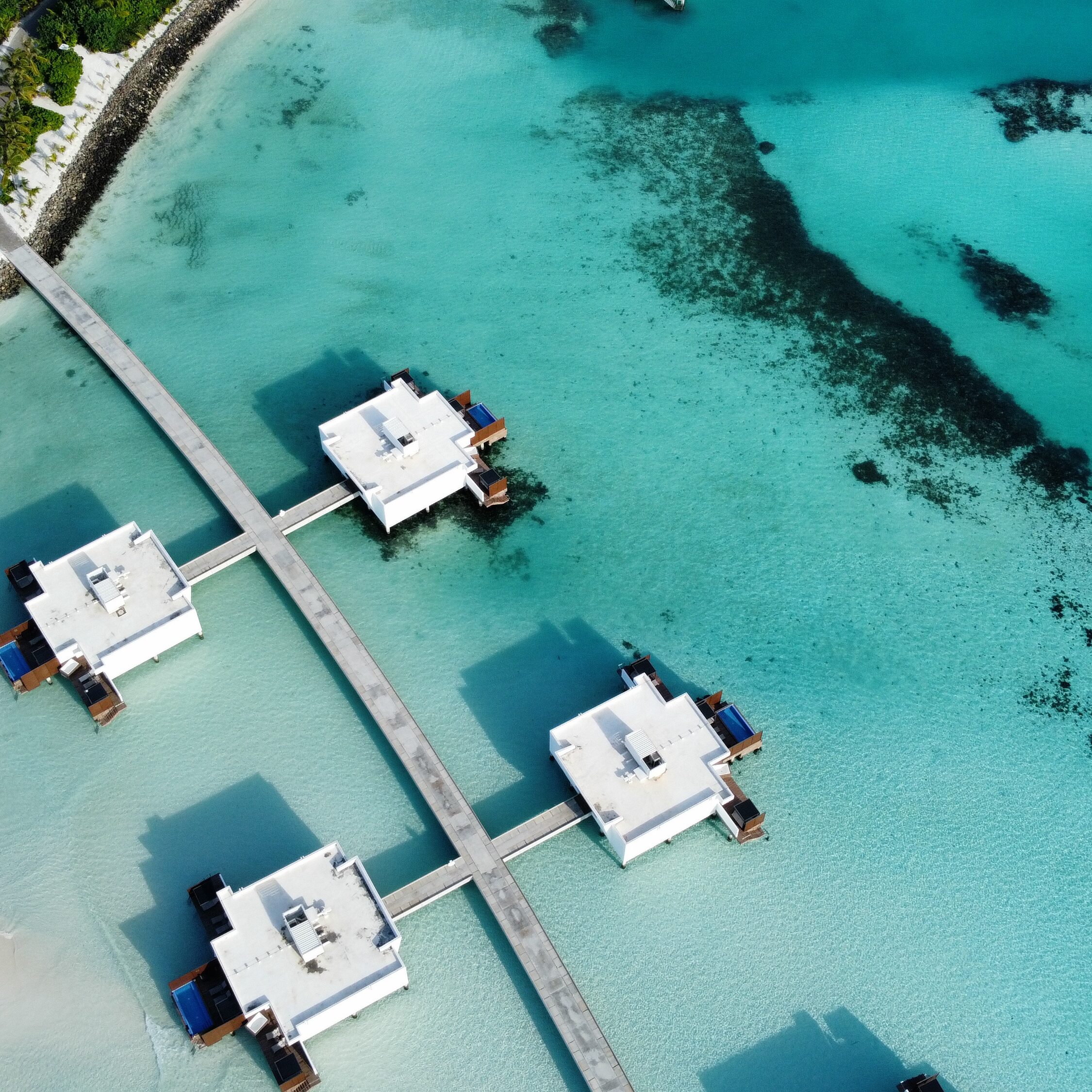
Key Considerations and Benefits:
- Environmental Regulations: Ensure compliance with local environmental laws like coastal protection zones.
- Weather Impact: Coastal areas are more susceptible to weather damage, so resilient designs are key.
- Luxury Appeal: Coastal properties often come with high rental or resale value.
- Unique Living: A waterfront home offers exclusivity and access to nature’s beauty.
- Insurance Costs: Be prepared for higher premiums due to flood and storm risks in coastal regions.
5. Mountain Regions
Mountainous areas offer breathtaking views and peaceful surroundings, making them a top choice for prefab homes. Investors interested in eco-friendly and off-grid living may find mountain regions ideal, such as Colorado, the Swiss Alps, or New Zealand’s South Island. Challenges include steep terrain, limited utility access, and harsh weather conditions. For example, building codes in areas like Aspen require homes to be designed with specific materials to withstand heavy snow loads.
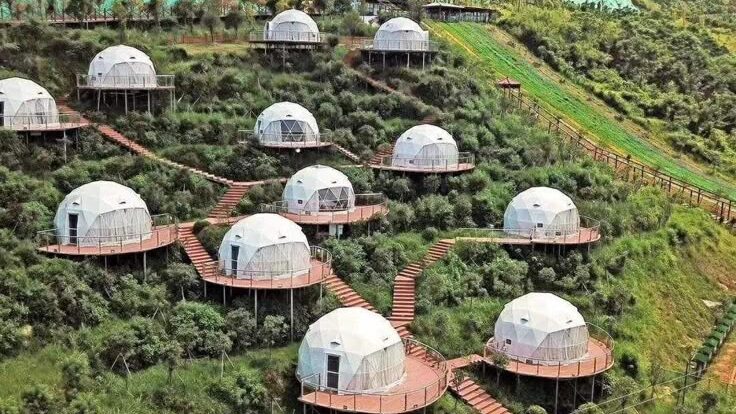
Key Considerations and Benefits:
- Terrain Challenges: Steep terrain may require specialized foundations and construction techniques.
- Winter Accessibility: Consider accessibility during snow and winter months when planning construction.
- Utility Availability: Some mountain areas may not have access to public utilities, requiring off-grid solutions.
- Close to nature: Stunning views and access to outdoor activities like hiking and skiing.
- Investment Return: Property values in desirable mountain regions can increase significantly over time.
6. Tiny Home Communities
Tiny home communities are a growing trend, offering affordable housing solutions in designated areas for prefab homes. Many cities have adapted zoning laws to permit tiny homes, making it a viable investment opportunity for buyers. These communities provide benefits like shared amenities and lower living costs. Areas like Portland, Oregon, have approved zoning for tiny home parks, which often feature shared spaces such as gardens and recreational areas.
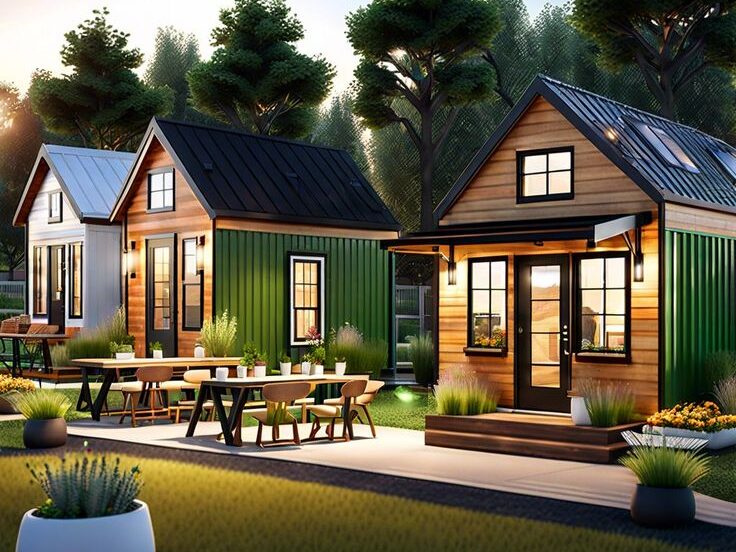
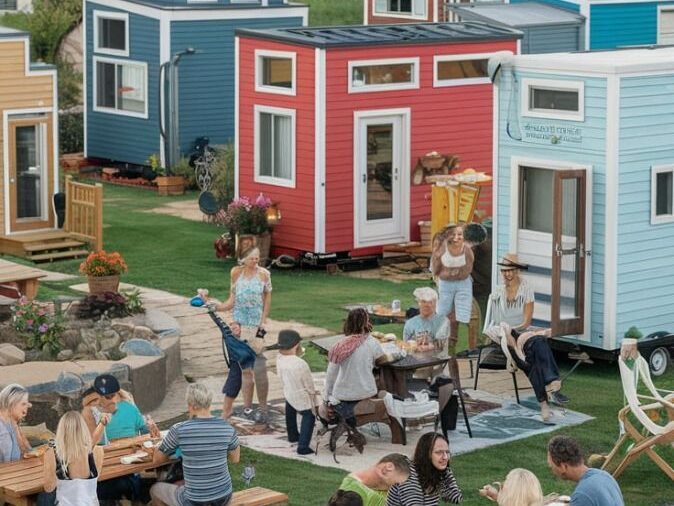
Key Considerations and Benefits:
- Zoning Approvals: Some regions have specific zones for tiny homes, reducing the need for individual permits.
- Lower Construction Costs: Tiny homes are generally cheaper to build, making them a more affordable investment.
- Community Environment: Shared amenities promote a sense of community and reduce maintenance costs.
- Sustainability: Tiny homes are eco-friendly, offering energy-efficient designs and minimalistic living.
- Rental Income: Investors can rent out tiny homes for short-term stays, providing a potential income stream.
7. Private Land Developments
Private land developments dedicated to prefab homes are becoming more common, offering pre-zoned lots with utilities ready for construction. These developments provide hassle-free opportunities for buyers looking to invest in prefab homes on large-scale properties. For example, developments in Texas offer large plots of land specifically for prefab homes.
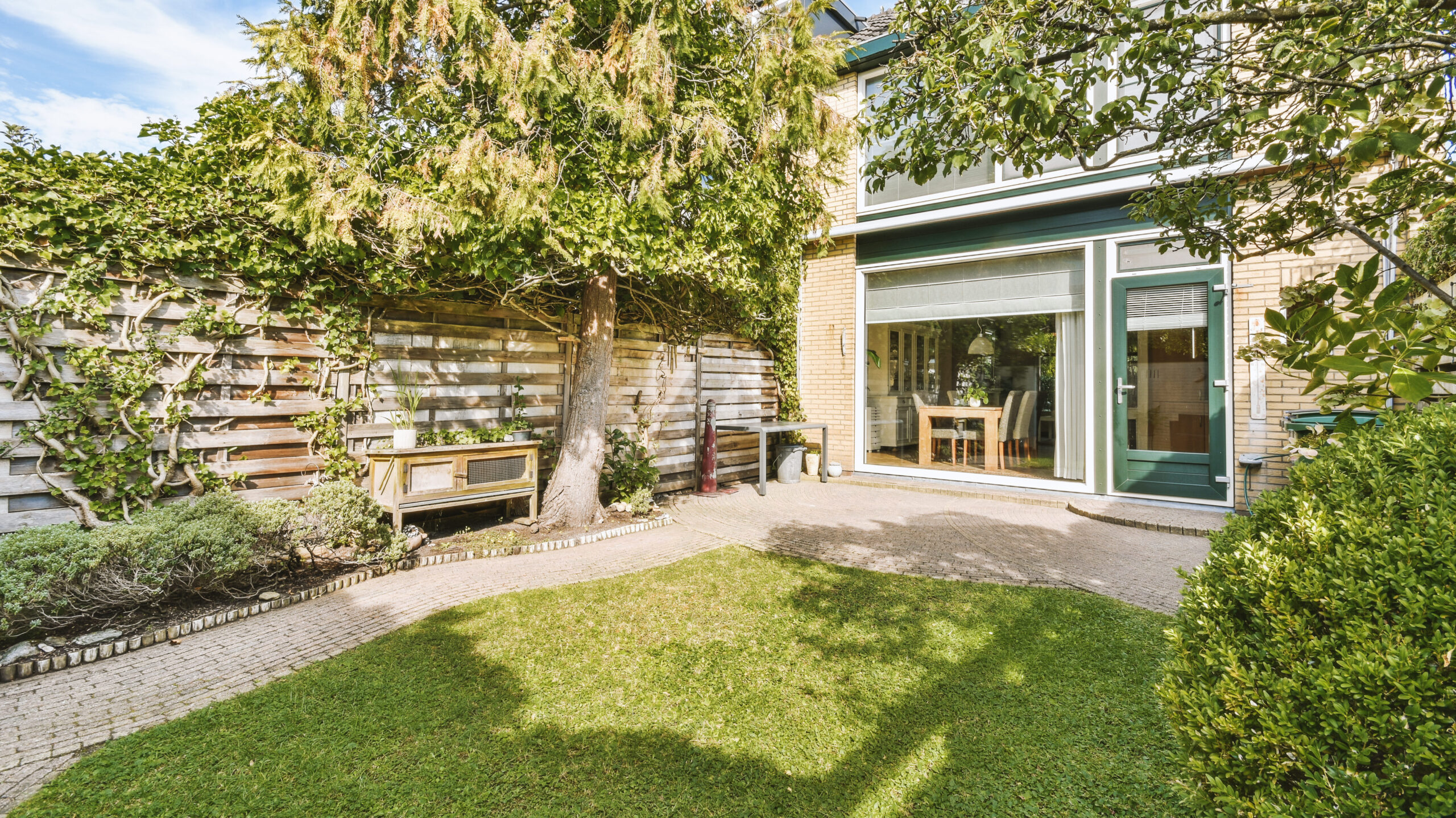
Key Considerations and Benefits:
- Pre-Zoned Lots: Developers often handle zoning, making the land ready for prefab construction.
- Utilities in Place: Access to utilities such as water, electricity, and sewer connections is typically included.
- Community Environment: The development of amenities like parks and recreational areas makes it more attractive to potential buyers.
- Design Freedom: Investors can design homes according to their preferences, provided they meet the development’s guidelines.
- Long-Term Investment: Pre-zoned and prepared land developments offer solid long-term returns.
8. Off-Grid Living
Off-grid living is ideal for those looking to reduce their environmental footprint and live independently. Prefab homes designed for off-grid living use renewable energy sources such as solar power and wind energy. These homes are ideal for rural or remote areas across the globe, including Australia’s outback, rural Japan, and parts of the Middle East. However, off-grid living is subject to local laws and regulations. For example, in California, off-grid homes must adhere to the state’s renewable energy standards. Similarly, in European countries, renewable energy certifications may be required.
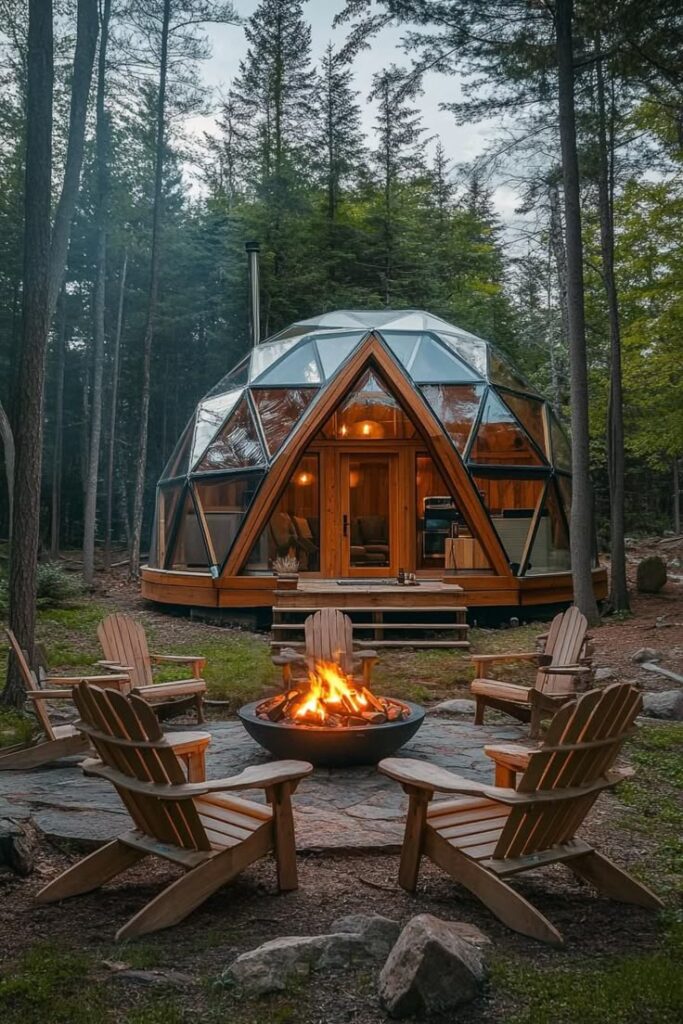
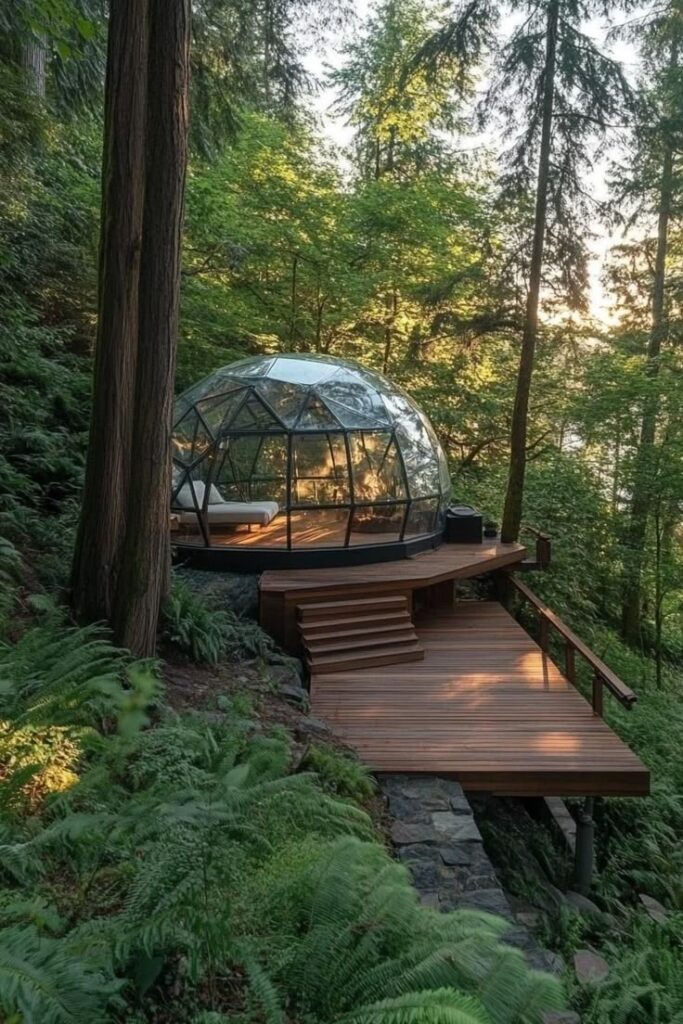
Key Considerations and Benefits:
- Energy Independence: Off-grid homes reduce reliance on the electrical grid by using renewable energy sources.
- Waste Management: Proper water and waste management systems are required for off-grid living.
- Regulatory Compliance: Ensure adherence to local laws regarding energy and waste systems.
- Sustainability: Off-grid homes promote a sustainable, eco-friendly lifestyle.
- Cost Efficiency: While initial investments may be higher, off-grid living reduces long-term utility costs.
9. Resort and Vacation Spots
Resort areas provide a perfect setting for prefab homes, either as vacation homes or investment properties. These homes offer the potential for rental income while providing a relaxing getaway. Popular areas like Aspen (USA), the Caribbean, or coastal resorts in Australia offer opportunities to create luxury prefab homes in vacation destinations. Regulations such as those in the Caribbean islands may require homes to meet specific building codes to withstand hurricanes or extreme weather.
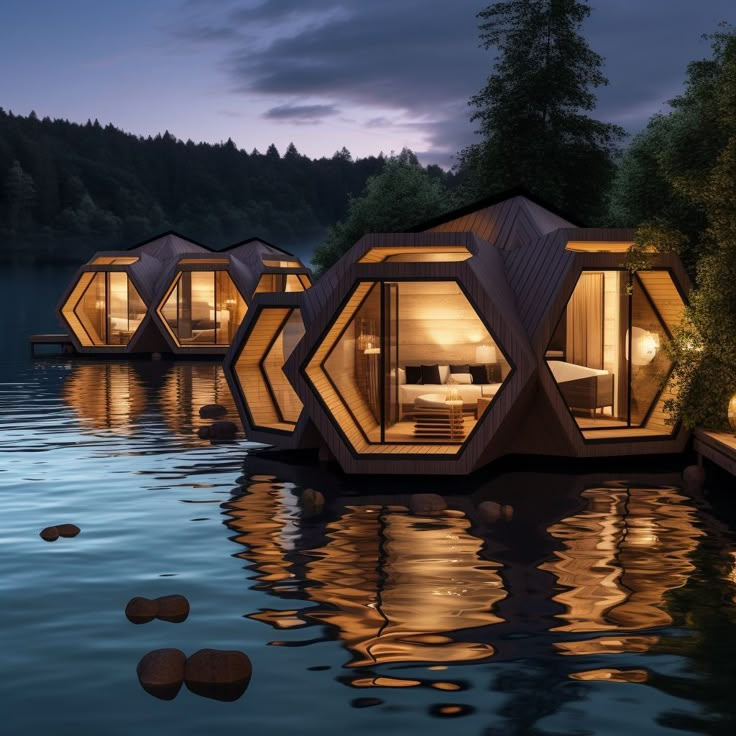

Key Considerations and Benefits:
- Investment Opportunity: Vacation homes can generate income through seasonal rentals.
- Local Laws: Resort communities often have specific building and zoning requirements.
- High Property Value: Luxury prefab homes in resort areas tend to appreciate in value.
- Quality of Life: These areas provide a high quality of living, making them attractive to wealthy buyers.
- Seasonal Demand: Be mindful of seasonal demand, which can affect rental income potential.
10. Backyard ADUs
Backyard Accessory Dwelling Units (ADUs) are small prefab homes placed in backyards, often used for additional housing or rental income. ADUs are becoming increasingly popular in cities like Los Angeles (USA), Sydney (Australia), and cities in Europe, where zoning laws now permit these types of structures. ADUs offer an affordable housing option and can increase property value. Considerations include local permitting requirements, including those in California, where regulations mandate that ADUs meet specific structural and safety standards.
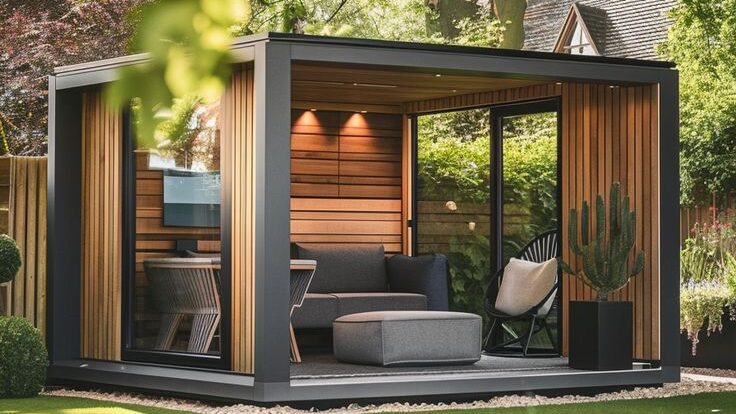
Key Considerations and Benefits:
- Permitting Requirements: Local zoning laws determine whether ADUs are allowed and what conditions must be met.
- Space Efficiency: ADUs maximize the use of existing property without requiring large land investments.
- Rental Income: Investors can generate additional income by renting out the ADU.
- Property Value Increase: Adding an ADU can increase the overall value of the property.
- Flexible Living Options: ADUs offer housing for family members or as a rental property, providing versatility.
How to Choose the Best Dome House Manufacturer
When investing in a dome house, selecting the right manufacturer is crucial to ensuring a quality build and a solid return on investment. A reliable dome house builder should offer the expertise, design flexibility, and cost-effectiveness necessary for large-scale projects. Take the time to assess their reputation, track record, and capacity to meet your specific needs. Whether you are constructing a modern park or a luxury resort, finding a skilled and trustworthy manufacturer can make all the difference.
If you’re looking for a dome house builder to bring your large-scale vision to life, Capsule Castle is the ideal choice. Our single-deck and double-deck capsule homes offer versatility for various applications, from hotels to modern parks. With easy installation on any terrain, a modular design for fast shipping and assembly, high-end wood-aluminum aesthetics, and 360° panoramic windows, Capsule Castle provides an exceptional solution for large-scale projects, appealing to diverse buyers and investors.
Conclusion
In conclusion, when considering where can you put a prefab home, it’s essential to choose the right location and manufacturer. Whether you opt for urban lots, suburban neighborhoods, or even off-grid living, understanding zoning laws, terrain suitability, and utility access is crucial. Capsule Castle stands out as the ideal dome house builder, offering versatile, easy-to-install homes for large-scale projects. Ready to invest? Contact Capsule Castle today to bring your dream dome home to life.

